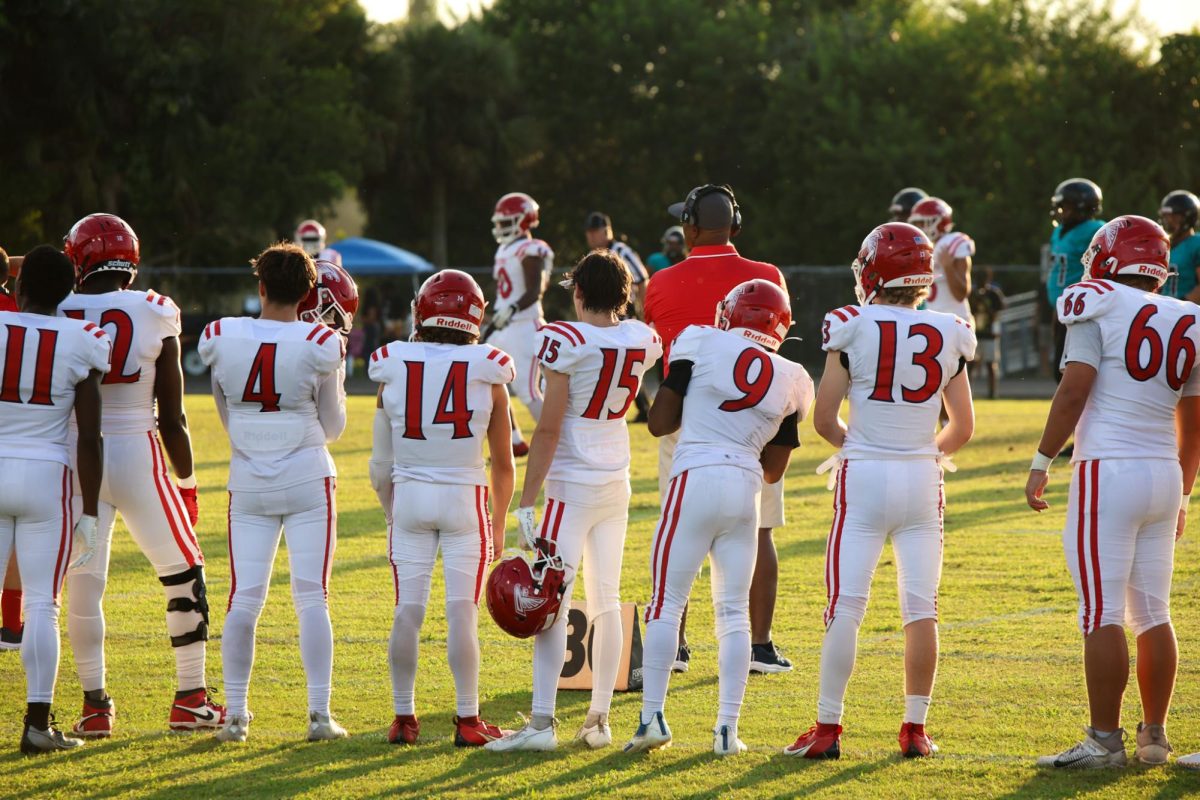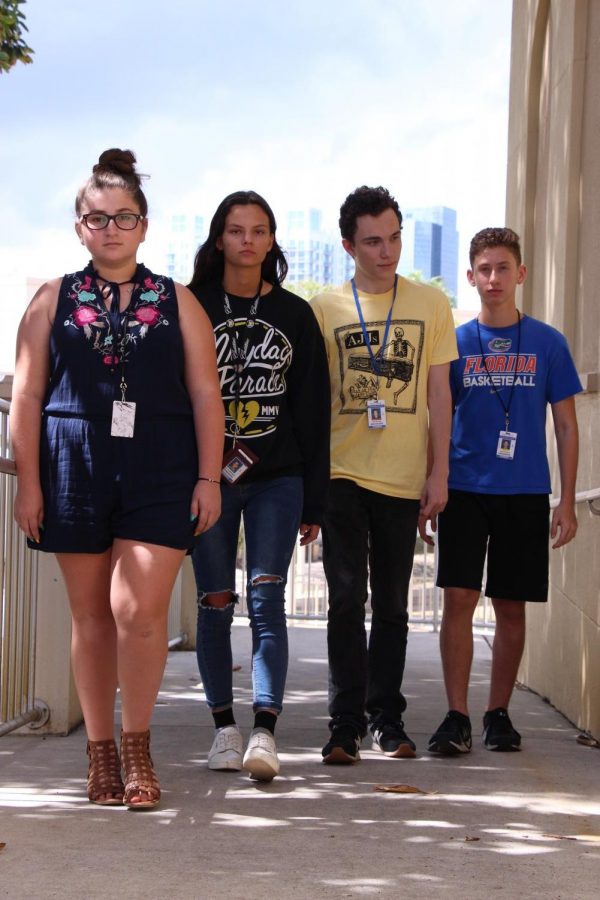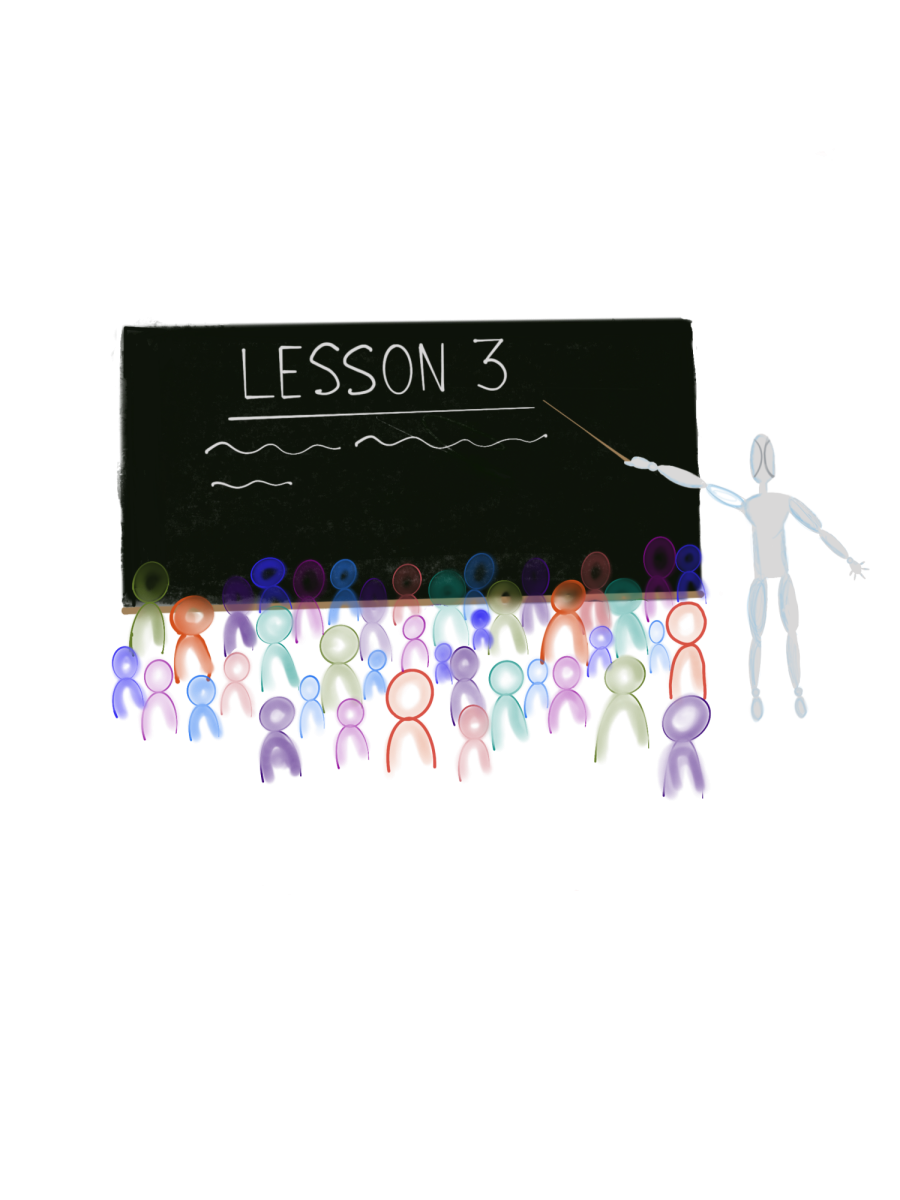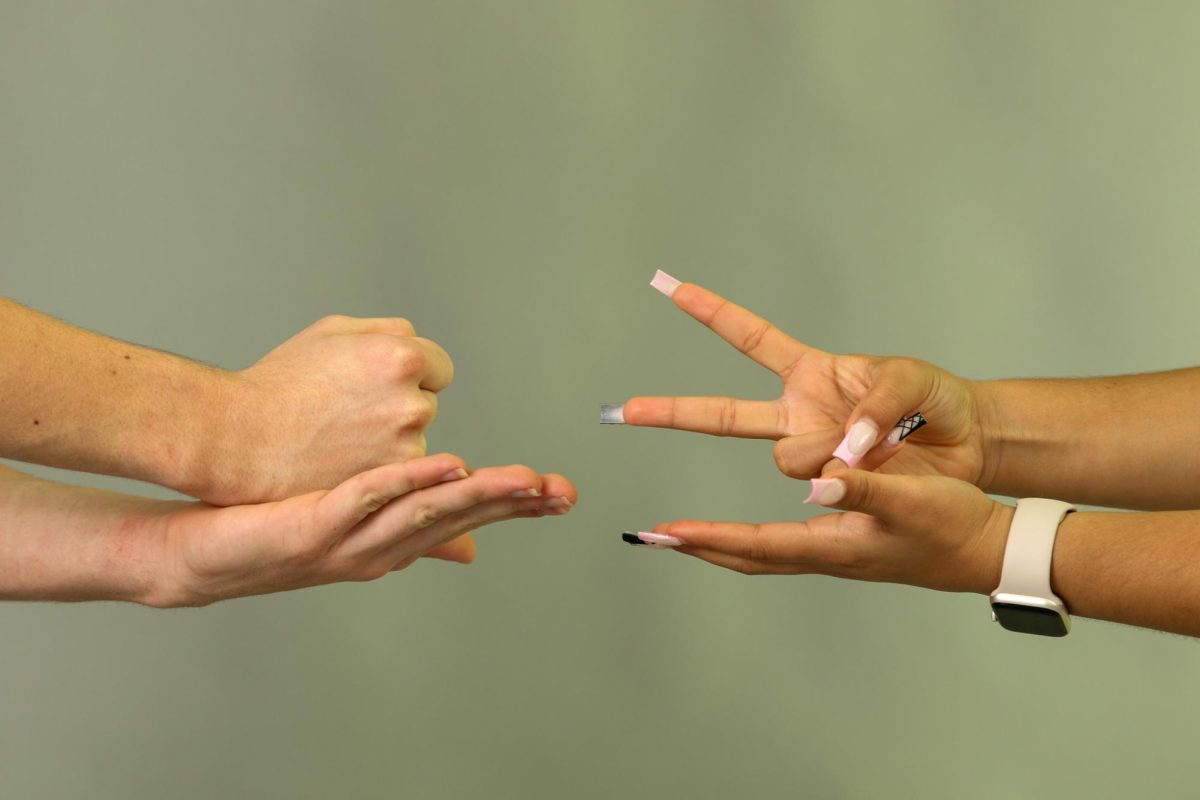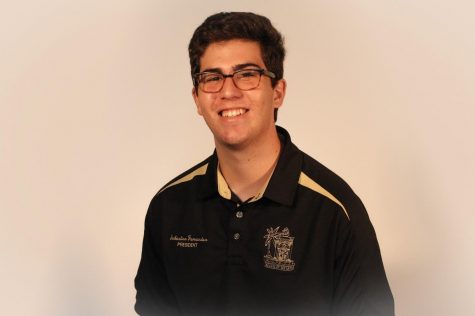A student attempts to grab the fluorescent green hall pass hanging by the classroom door. As they begin to leave the room, the clock stops them: There are ten minutes left of class, so no activity in the halls is allowed.
Simple tasks such as using the restroom, which were once done with ease at Dreyfoos, are now being altered due to new policies in the name of safety.
Perhaps the most prevalent policy is the aforementioned hall passes, which must be worn at all times if a student is outside of a classroom. These bright, color-coordinated badges belonging to each room indicate which building and class you are coming from. The idea is that this will give hall monitors an easy way to distinguish between a student who was granted permission to walk the halls and a potentially dangerous intruder. Although it seems pointless, it is an easy and useful tool for faculty to identify students.
Another reform introduced were hall monitors. Teachers must devote half of their planning period to man the doors of their respective buildings in order to guard from unwanted entries. Using walkie talkies, they can communicate the movements happening throughout school. Unfortunately, this has already put a strain on some teachers, who lack the time necessary to grade assignments and tests that keep piling up because they’re spending time guarding the doors.
Furthermore, the new regulations prohibit students from leaving a classroom during the first or the last 10 minutes of a class. This serves to limit movement right before the changing of classes, causing problems for students who would prefer not to miss instruction.
And then there’s the fearsome notion that ID badges will soon be required to be worn by each student, not just on their person. Although it is not an official mandate, it may soon become the policy of the whole school district, making it obligatory at Dreyfoos.
All of these seemingly cumbersome policies have a purpose: to keep students safe. Following the attack at Marjory Stoneman Douglas High School, it is fair to say that many students feel uneasy at school. In place of true governmental reform, these regulations aim to ensure that such an incident will never occur at Dreyfoos.
In fact, the preventative measures can truly make a difference. In July 2010, the Department of Homeland Security launched a national “If You See Something, Say Something” campaign to thwart potential attacks. This entailed speaking up if one saw any suspicious actions or unwarranted threats, and the new systems at Dreyfoos allow for just that. Faculty members can now more easily detect and report any suspicious activity they encounter.
Despite their hindrance on student life, the precautions are necessary to ensure a comfortable and safe environment at school until representatives take action. In the meantime, it is important to keep fighting for a change in laws we so desperately need.









![[BRIEF] The Muse recognized as NSPA Online Pacemaker Finalist](https://www.themuseatdreyfoos.com/wp-content/uploads/2025/03/IMG_2942.jpeg)

























